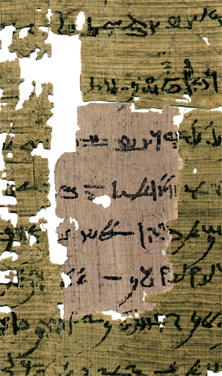Shanati: The Ancient Babylonian Calendar Reconstructed & Synchronized
Shanati’s goal is to reconstruct the ancient Babylonian Calendar and bring it into harmony with the proleptic, or backward counting, Julian Calendar. This will be achieved by compiling and integrating all known relevant cuneiform and other textual data and properly aligning that data with a state-of-the-art astronomical model of first lunar visibility.
Shanati’s reconstructed daily ancient Babylonian Calendar will become the new international standard for pre-Julian, recorded Western calendrical time. By setting these two calendars on one synchronized timeline, the ancient world becomes temporally connected with the modern world. This will assist in bridging the wide gulf between perceptions of our modern world and of the ancient Old World.
Shanati’s results will offer unprecedented daily precision in 1st millennium BCE chronology, opening new vistas for research. The project’s results will be offered in a forthcoming volume and in this website, which offers Shanati's results as a service and will have automated extensibility as texts are added after the completion of the two-year project.








